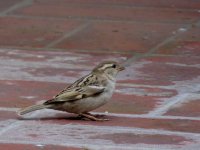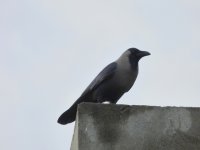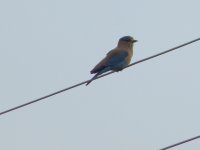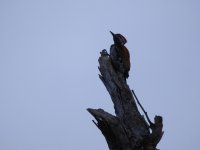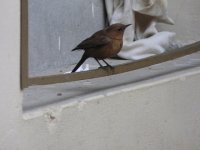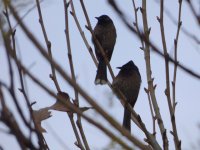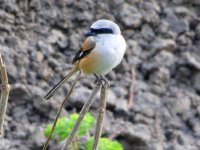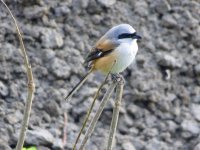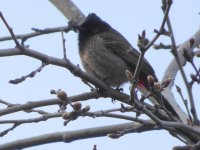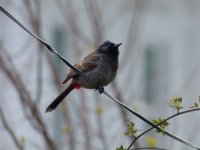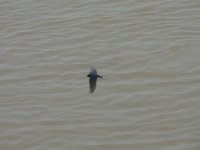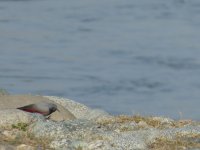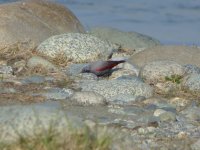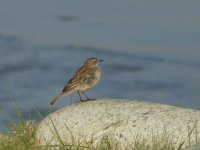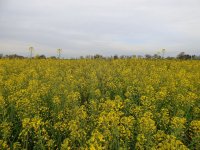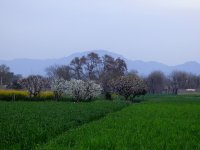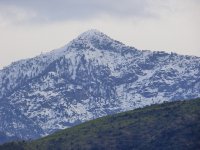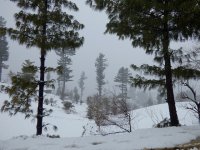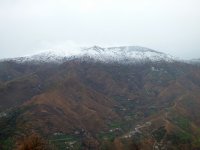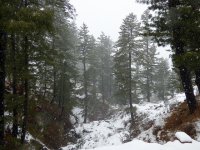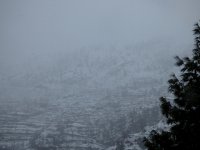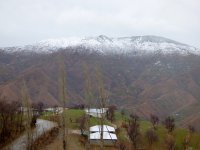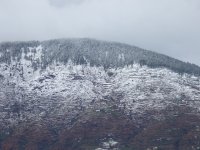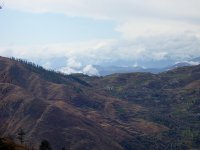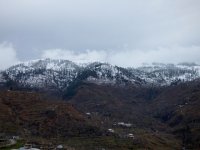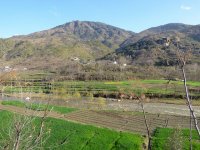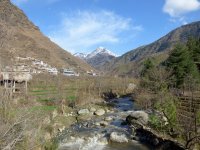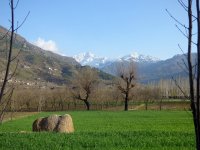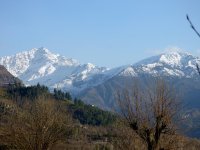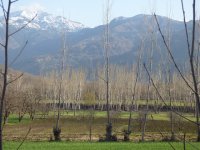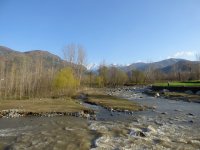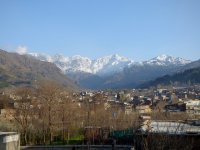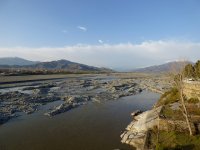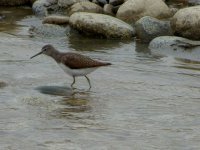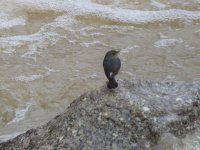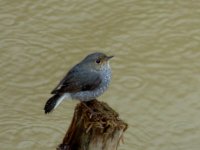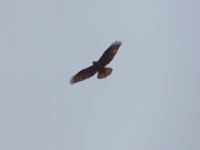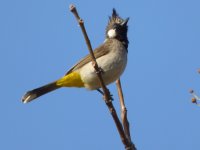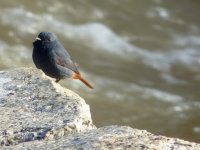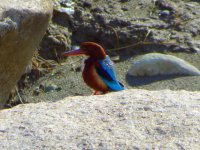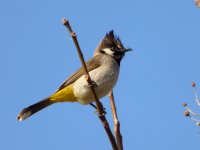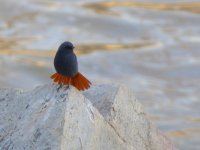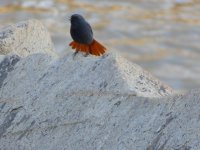I managed to visit Pakistan for 3 weeks in March. My parents belong to the north-west of the country so I have some family there - 2 aunties. My wife's parents are in Pakistan along with her brothers and a sister. My children were of below school age and my wife felt this was the right time to visit. She wanted to stay a minimum of 6 weeks because when our son starts school in September she would only be able to manage whatever the school decided and that would be in the very expensive holiday period. Many British people of Pakistani origin would visit in the Christmas holidays but it could get quite cool and the days were short. Easter was also a popular time to visit but with exams around the corner maybe it was less suitable for some parents. For those wanting to stay for a long period with school age children the only option was the summer holidays but the temperatures could get very high on the Indus Plains. At this point in time Ramadan, the Muslim month of fasting also fell in the summer holidays. A double reason not to go! fasting really took its toll on the people there in those hot months. We booked tickets from the end of the first week just before the end of March. The days would be longer than in mid-winter and on top of that it would be the end of winter and the start of spring and was hoping for some passage migration of some sorts. I had visited Pakistan before and knew where to look for wildlife. I had been lucky enough to visit a number of the National Parks and other Nature Reserves and had seen many different birds, mammals and reptiles. However, it was only in the last few years my bird-watching skills had improved although I was lucky enough to see some great wildlife.
There are direct flights from London, Manchester, Bradford and Birmingham and the only direct airline is Pakistan International Airlines abbreviated to PIA and commonly known as Prayers In the Air! Then there were a number of airlines which changed in Turkey, UAE, Qatar or Saudi. PIA flies from Manchester to Islamabad at least 5 times per week and at the time of departure it is almost like an event. Parking can be difficult at the airport as with some passengers large sections of the extended family would tag along to wave farewell. It can be a bit of a fancy dress show with all those beards of different colours, burqas and gaudy shalwar kameez (native dress) colours. The flight usually left Manchester from 8pm-10pm and arrived in Islamabad at 9am-10am. Before touching down I saw my first bird - Black Kites soaring and chasing each other. We were lucky to have someone to fast track us through customs. Once I had been told that they were checking through my luggage just in case I brought heroin into the country. I laughed and said why would I do that it is like burning money. All they wanted was bribery money of course.
Once out of the airport and into the car park House Sparrow, Common Myna and House Crows were all in attendance on the look out for food. I kept on eye on the birds as well as the beggars wanting Pounds not Rupees!
We had to head west from Islamabad to our ancestral area in the North of Attock district just 1-2 miles east of the Indus River. On the way I managed to see two Cattle Egrets on a pile of rubbish, a Red Wattled Lapwing flying through some spaced out trees in an urban wasteland site and Black Drongos just outside of the urban areas in trees and on wires. A flock of Martins over the Haro River were more likely to be Grey-throated Martins. We arrived at my father-in-laws and within minutes a pair of Brown Rock Chat appeared. I had noticed one bird at the house in 2010 but now there were two. At first I assumed the bird in 2010 was a vagrant as they were mainly found east of the Salt Range mountains in Punjab province. There were already reports of a westward expansion in range. I asked my father-in-law and he said that they have appeared over the last 5 years. First there was the occasional one but now they nest in the holes of buildings. I did wonder how far Brown Rock chats would be extending their range and what caused the trigger?
The following day I took a walk around my parents ancestral area in the agricultural lands. Various crops were planted such as rapeseed which was in bloom, wheat in spring and corn in the summer. The area was a flat fertile plain with quite a population. It fell east of the Indus and just south of the foothills which would eventally become the Himalayas much further north. I had once read the area was swamp which naturally dried out. There were a number of trees and in some patches small copses were formed. On this walk around with my cousins son I noticed Collared Dove, Bank Myna's, Common Myna's, Laughing Dove, Red Collared dove, Indian Roller, White-Breasted Kingfisher, Little Swift, White Breated Waterhen, Long Tailed Shrike, House Crow, Pied Wagtails, Red vented Bulbuls and a Black-Rumped Flameback. The next day a family excursion to the city of Rawalpindi and the only new bird added was a Crested Lark on the hard shoulder of the motorway. The motorway was becoming a haven for wildlife in the past i had seen Indian Partridges and Oriental Honey Buzzards. The area was fenced to stop the public crossing the carriageway wherever they felt like. The motorway police were very strict about how people drove as well as making sure it was run to an international standard. It was quite a pleasant and peaceful journey away from the hustle and bustle of South Asian daily life.
There are direct flights from London, Manchester, Bradford and Birmingham and the only direct airline is Pakistan International Airlines abbreviated to PIA and commonly known as Prayers In the Air! Then there were a number of airlines which changed in Turkey, UAE, Qatar or Saudi. PIA flies from Manchester to Islamabad at least 5 times per week and at the time of departure it is almost like an event. Parking can be difficult at the airport as with some passengers large sections of the extended family would tag along to wave farewell. It can be a bit of a fancy dress show with all those beards of different colours, burqas and gaudy shalwar kameez (native dress) colours. The flight usually left Manchester from 8pm-10pm and arrived in Islamabad at 9am-10am. Before touching down I saw my first bird - Black Kites soaring and chasing each other. We were lucky to have someone to fast track us through customs. Once I had been told that they were checking through my luggage just in case I brought heroin into the country. I laughed and said why would I do that it is like burning money. All they wanted was bribery money of course.
Once out of the airport and into the car park House Sparrow, Common Myna and House Crows were all in attendance on the look out for food. I kept on eye on the birds as well as the beggars wanting Pounds not Rupees!
We had to head west from Islamabad to our ancestral area in the North of Attock district just 1-2 miles east of the Indus River. On the way I managed to see two Cattle Egrets on a pile of rubbish, a Red Wattled Lapwing flying through some spaced out trees in an urban wasteland site and Black Drongos just outside of the urban areas in trees and on wires. A flock of Martins over the Haro River were more likely to be Grey-throated Martins. We arrived at my father-in-laws and within minutes a pair of Brown Rock Chat appeared. I had noticed one bird at the house in 2010 but now there were two. At first I assumed the bird in 2010 was a vagrant as they were mainly found east of the Salt Range mountains in Punjab province. There were already reports of a westward expansion in range. I asked my father-in-law and he said that they have appeared over the last 5 years. First there was the occasional one but now they nest in the holes of buildings. I did wonder how far Brown Rock chats would be extending their range and what caused the trigger?
The following day I took a walk around my parents ancestral area in the agricultural lands. Various crops were planted such as rapeseed which was in bloom, wheat in spring and corn in the summer. The area was a flat fertile plain with quite a population. It fell east of the Indus and just south of the foothills which would eventally become the Himalayas much further north. I had once read the area was swamp which naturally dried out. There were a number of trees and in some patches small copses were formed. On this walk around with my cousins son I noticed Collared Dove, Bank Myna's, Common Myna's, Laughing Dove, Red Collared dove, Indian Roller, White-Breasted Kingfisher, Little Swift, White Breated Waterhen, Long Tailed Shrike, House Crow, Pied Wagtails, Red vented Bulbuls and a Black-Rumped Flameback. The next day a family excursion to the city of Rawalpindi and the only new bird added was a Crested Lark on the hard shoulder of the motorway. The motorway was becoming a haven for wildlife in the past i had seen Indian Partridges and Oriental Honey Buzzards. The area was fenced to stop the public crossing the carriageway wherever they felt like. The motorway police were very strict about how people drove as well as making sure it was run to an international standard. It was quite a pleasant and peaceful journey away from the hustle and bustle of South Asian daily life.
Last edited:





